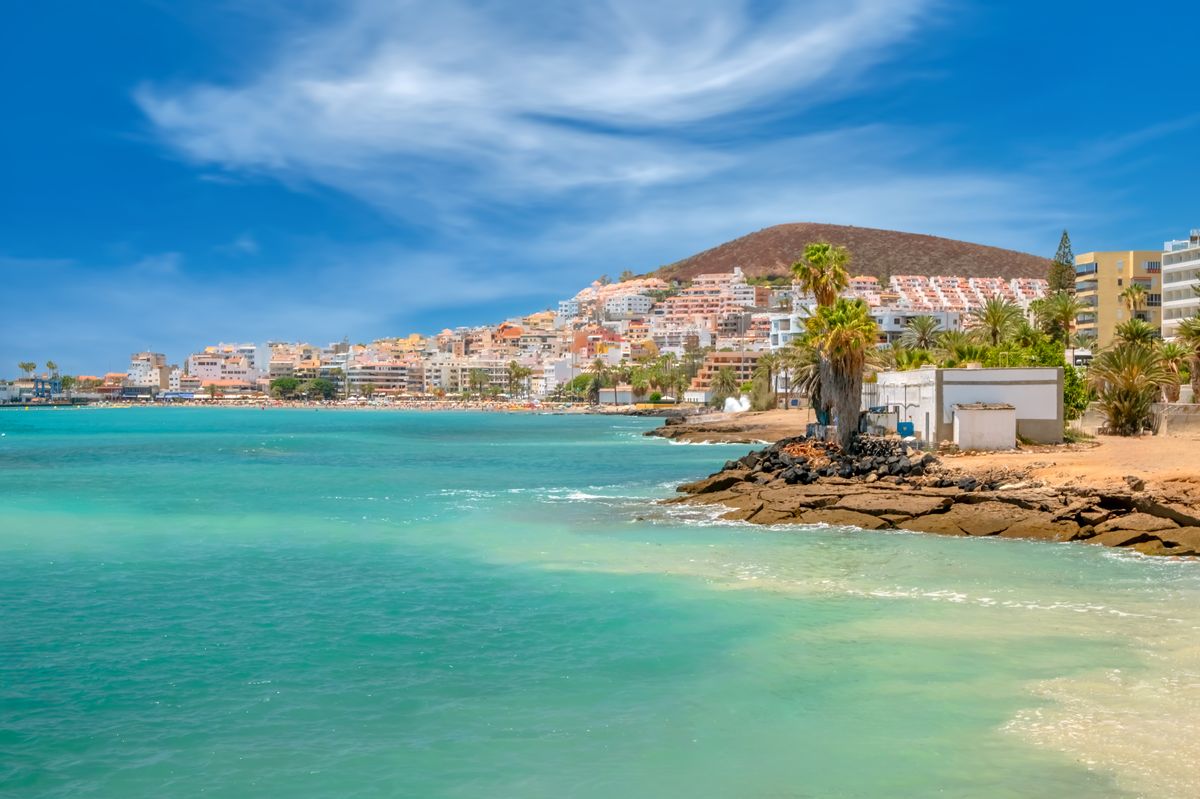First Choice has launched holiday deals for 2026 including savings of up to £500 on trips to destinations including Tenerife, Lanzarote, Gran Canaria and Fuerteventura
As 2025 draws to a close, many of us are already dreaming about our summer escape for the upcoming year – and luckily, travel companies are starting to roll out some tempting deals.
First Choice has discovered that nearly half (48%) of holidaymakers this year are keen to cut their travel expenses compared to previous years. Coupled with the escalating costs of flights and accommodation, it can be a tough task to snag a budget-friendly break without sacrificing your dream destination.
To help ease the strain on your wallet, the holiday booking giant is offering up to 10% off selected package holidays when you spend £500 or more, and there are savings of up to £500 off to be found on holidays departing between May 1, 2026 and October 31, 2027.
Bargain breaks start from a mere £225 per person, with a 10% discount automatically applied to some of the most sought-after destinations from 2025, including Cape Verde, Turkey, the Balearics, Cyprus, and Mexico. The stunning Canary Islands are also part of the deal, allowing sun-seekers to soak up the rays in popular spots like Tenerife, Fuerteventura, Gran Canaria and Lanzarote, all at a reduced price.
Among the First Choice 10% discounts is a 7-night stay in June 2026 at the four-star TUI BLUE Atlantic Hills in Tenerife, on a half-board basis with flights included from around £567 per person. This holiday offers a generous total saving of around £580, including checked-in luggage and transfers, with two adults sharing a double room.
The same package but for May 2026 starts from around £618 per person, offering a total saving of £446. Other discounted holidays to the Spanish island are also available at a catalogue of luxurious beach resorts.
Moreover, holidaymakers can book a 7-night stay at the four-star Hotel H10 Lanzarote Princess in Lanzarote, on a half-board basis with flights included from £548 per person. This offers a total saving of around £310 and is based on two adults sharing a twin room, although transfers and checked-in luggage are not included.
Beyond the reductions, customers can also benefit from additional deals, including a £0 deposit scheme that allows holidaymakers to reserve their getaway and spread payments throughout the year. Furthermore, hundreds of hotels and resorts provide free accommodation for children, creating opportunities for even greater savings.
First Choice has also partnered with Airalo to offer all guests a complimentary 1GB eSIM, helping to reduce expenses when using mobile roaming overseas. Kevin Nelson, Managing Director of First Choice, commented: “We know people don’t want to compromise on amazing holiday experiences, but the impact of the cost of living is hitting us all.
“That’s why we’re offering our biggest ever discounts, on top of other great ways to save. So people can get the most holiday for their budget and take a break they deserve in 2026.”
For further details or to book your next getaway, you can visit the First Choice website.
Do you have a travel story to share? Email webtravel@reachplc.com

